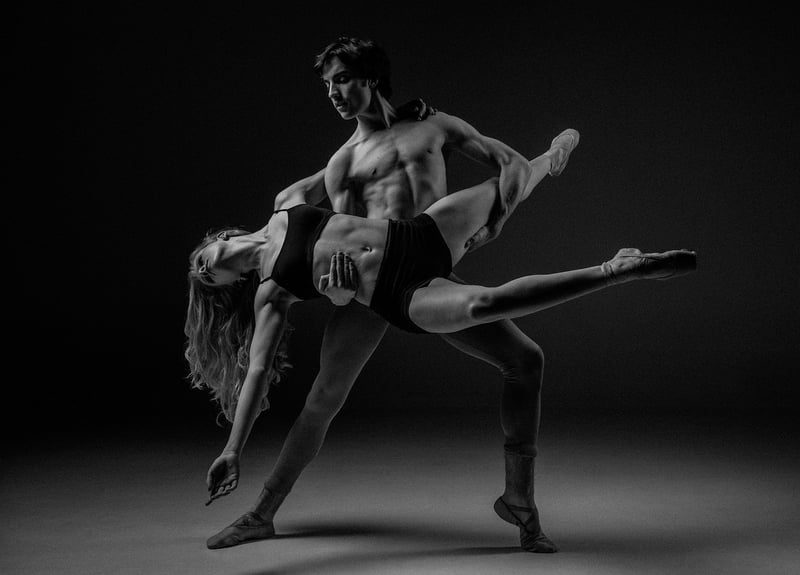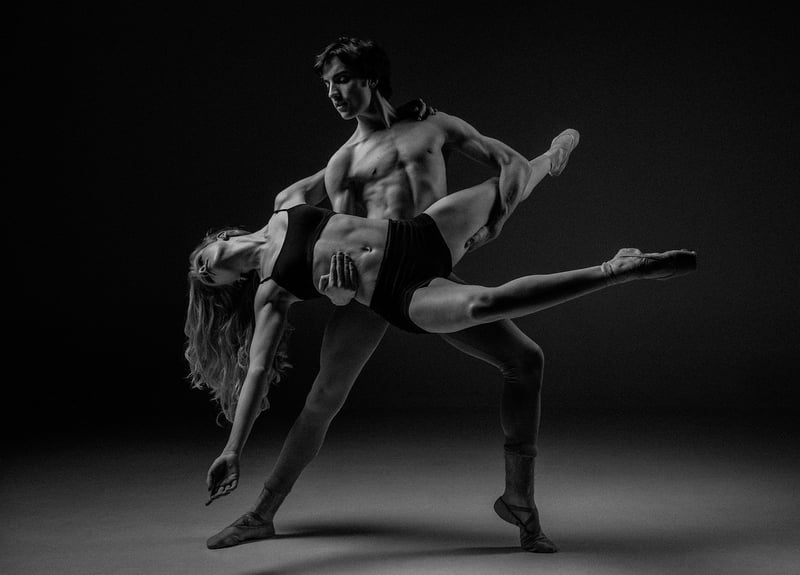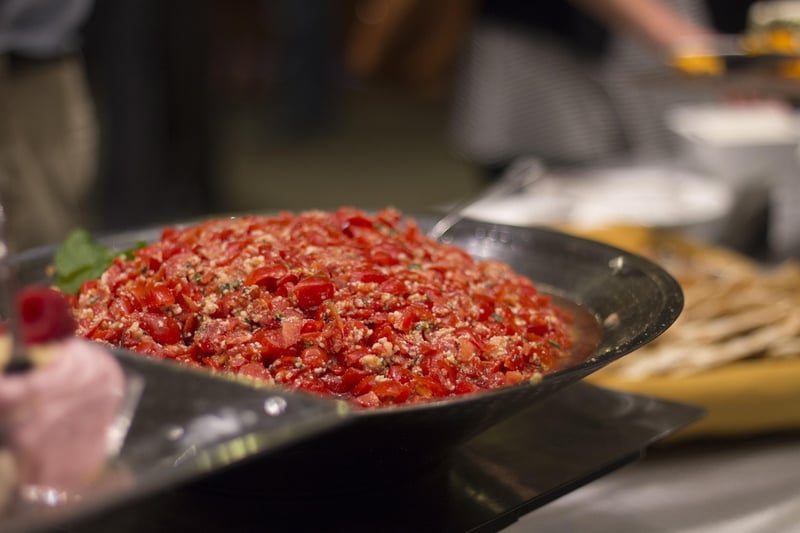Salsa
The Art of Expressive Movement in Salsa Dancing
Salsa dancing is not just about following steps; it's a form of artistic expression that combines rhythm, passion, and connection. One of the key elements that elevate salsa dancing to a captivating experience is the use of expressive movement. Let's delve into how dancers use their bodies to convey emotions and tell stories on the dance floor.
Body Isolation
Body isolation is a fundamental technique in salsa dancing that involves moving different parts of the body independently. Dancers use body isolation to create fluid movements, emphasize musical accents, and add flair to their performance. By isolating movements in the hips, shoulders, or ribcage, dancers can convey various emotions such as joy, sensuality, or drama.

Emotional Connection
Expressive movement in salsa is not just about technical skills; it's also about establishing a deep emotional connection with your dance partner and the music. Dancers use their body language, facial expressions, and eye contact to communicate passion, joy, and excitement. This emotional connection enhances the overall dance experience and creates a mesmerizing performance.

Storytelling Through Movement
Each salsa dance tells a unique story, and dancers use expressive movement to convey the narrative. Whether it's a tale of love, heartbreak, or celebration, dancers use their bodies to interpret the music and express the emotions embedded in the song. Through intricate footwork, graceful spins, and dynamic body movements, dancers bring the story to life on the dance floor.

Conclusion
Expressive movement is the soul of salsa dancing, transforming it from a series of steps into a vibrant and emotionally rich experience. By mastering body isolation, establishing emotional connections, and storytelling through movement, dancers can captivate their audience and create magical moments on the dance floor. So, next time you hit the salsa club, remember to let your body speak and dance with your heart!
